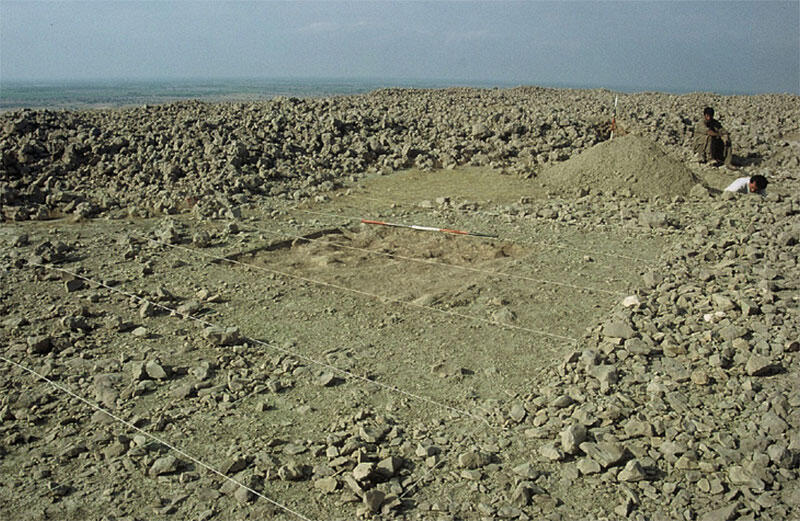Another important summary paper by Paolo Biagi reprises all the discoveries made by Italian teams in Sindh and Balochistan that have upended our understanding of pre and neighbouring areas to the Indus civilization. There are at least 17 major themes listed in this paper of important discoveries that have greatly enriched our understanding of the area and its inhabitants, many of them pushing its history back to Neanderthal times and beforehand, that show the richness of this area before ancient Indus times. Above all, the age – going back hundreds of thousands of years – and importance of the Rohri Hills flint mines and the spread of this material throughout the lower Sindh basin have been surprising and now is seen as an important component of ancient Indus civilization as well. The work by the Italian Mission extends to getting an even firmer grasp of the area in Alexander the Great's times, when much more of the coast was submerged under water. As always, Paolo Biagi lays out the facts and discoveries in a lucid fashion.
Just issued as part of 150 Years of Oriental Studies at the Ca' Foscari (Venice, Italy) edited by Laura De Giorgi and Federico Greselin (2018).
Image above: Rohri Hills: excavations underway at the Indus Civilisation chert workshop and mine RH-59 (photograph by P. Biagi, January 1994)
Abstract
This paper regards the research carried out by the Italian Archaeological Mission in Sindh and Las Bela province of Balochistan (Pakistan). Until the mid ’80s the prehistory of the two regions was known mainly from the impressive urban remains of the Bronze Age Indus Civilisation and the Pal- aeolithic assemblages discovered at the top of the limestone terraces that estend south of Rohri in Up- per Sindh. Very little was known of other periods, their radiocarbon chronology, and the Arabian Sea coastal zone. Our knowledge radically changed thanks to the discoveries made during the last three decades by the Italian Archaeological Mission. Thanks to the results achieved in these years, the key role played by the north-western regions of the Indian Subcontinent in prehistory greatly improved.

